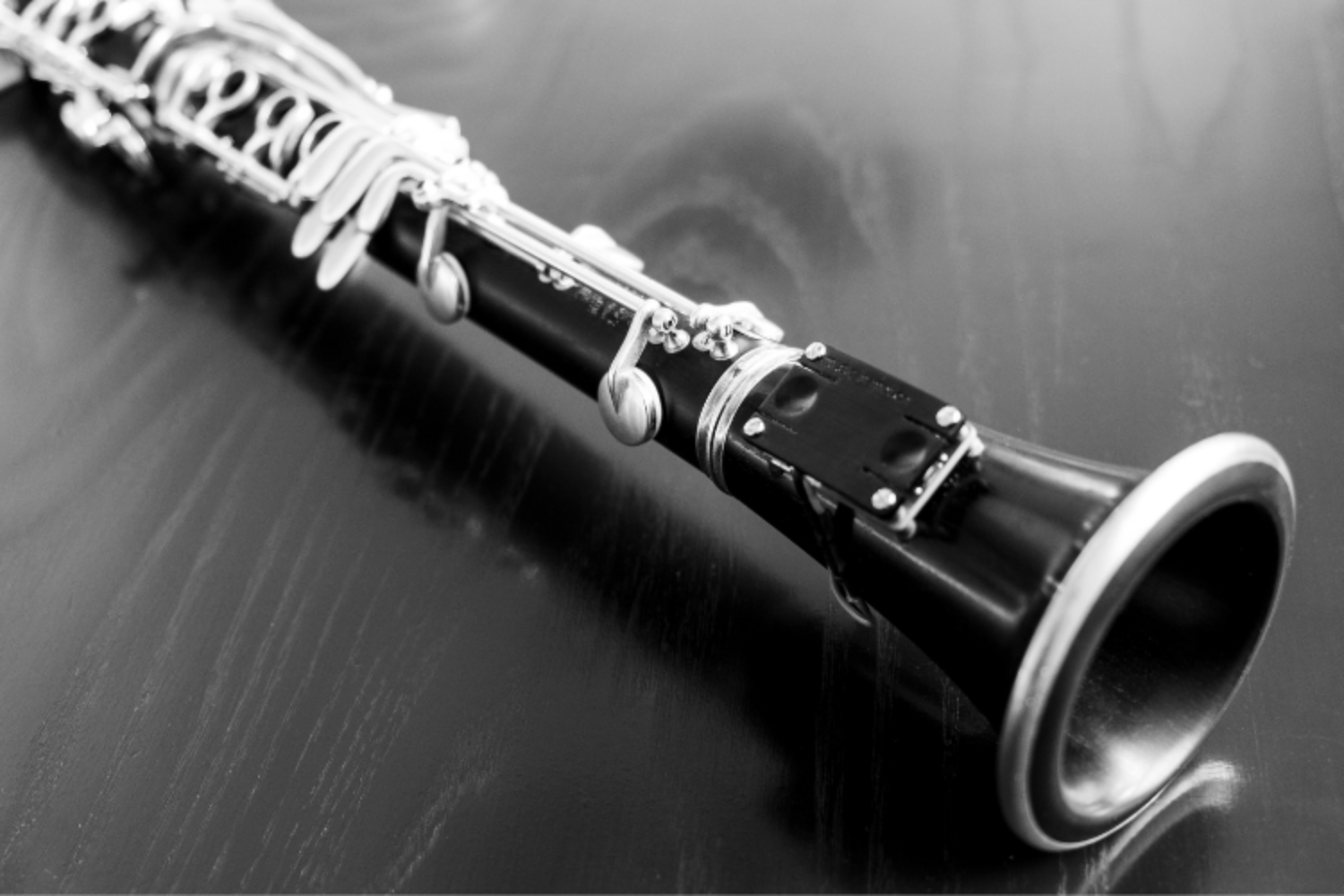

Here’s the high-tech clarinet
They call it “Music in Motion”, the clarinet with motion sensors which takes the over 300-year-old acoustic instrument straight to the digital age. Doctoral student Robert Ek and senior lecturer Jörgen Normark are ready to launch their product to the market. LTU Business have supported the team with a market analysis as well as with the development of a prototype.
The new version of the classical instrument springs from a research project called “The extended clarinet” where Robert Ek, who is a professional clarinetist in Norrbotten NEO and doctoral student at Luleå University of Technology, has investigated how sensors can be used to register musicians’ movements in order to enhance the music experience with additional dimensions, creating a so-called “hyper instrument”.
– Traditional music is fantastic, but if you want to keep music as an art form alive, it must keep developing. Classical music shouldn’t become a museum experience, says Robert.
It all started in 2015 when Robert was asked by a composer in Paris to write music for an electronic bass clarinet that was being developed in Zurich. The system did not feel quite ready to Robert and he soon started to develop his own ideas. Through a project at Luleå University of Technology, Robert came in contact with Jörgen Normark, senior lecturer in design and Peter Parnes, professor in the field of distributed computer systems.
– Together we started work on a new bell for the clarinet, where we could collect movement data from the musician. In 2016, we won first prize at NIME, an international music conference for new music. Our clarinet has been used at several concerts around Europe since then, Robert says.
“The idea is that everyone who’s curious should be able to try this out. The money we make from it will be used to develop the system further.” – Robert Ek, innovator
Support from LTU Business
Through the innovation support for researchers, LTU Business has helped with the financial support for prototyping as well as by contributing with a market analysis.
– I doubt this would have happened without LTU business. Their experience and knowledge has been invaluable and they have really supported us when we needed it, Robert says.
In the autumn of 2020, Robert and Jörgen started the company Music in Motion. The clarinet will soon be put out on the market for professional musicians as well as enthusiasts.
– The idea is that everyone who’s curious should be able to try this out. The money we make from it will be used to develop the system further.
In research, hyper instruments have existed since the 80s, but thanks to the fact that a lot has happened in microelectronics during the last decade, there are new opportunities, Robert explains.
Roger Tuomas from LTU Business thinks it has been exciting to work on the project.
– It is incredibly fun to work with people who have such passion in their work and this trio have really taken advantage of everyone’s unique skills. It will be exciting to see how the clarinet is received by the market, he says.
How it works
Inside the clarinet bell is a microcontroller with Wi-Fi, motion sensors and a battery. The sensors register movements in all directions and how intense the movements are. This data can be used to influence sound, light, film or other electronics. For example. there are features such as spatial loop pedal, pitchbend, spatialization of sound in 3D, and much more.
 Their game will be released in Japan
Their game will be released in Japan















